There is little in the LGBTQ+ community that is black and white. We picked a rainbow as our symbol for a reason. Every aspect of the LGBTQ+ community involves a spectrum, and keeping track of it all can be difficult.
While it may seem complicated at first, spectrums help us appreciate the diversity of the LGBTQ+ community and the world as a whole, acknowledging each of our uniqueness and allowing us to be more authentically fluid in our self-expression. Our identities, preferences, and self-expression aren’t set in stone, now do they neatly fall into binaries. Realizing that the vast majority of the world is on a spectrum is a beautiful way to keep from separating people into “us” versus “them”.
Sexual orientation, romantic orientation, and gender identity are just some of the many characteristics by which people identify themselves. Each person falls somewhere on each of these spectrums, and more detailed levels allow more and more diversity to emerge. While some spectrums may influence one another, they do not always overlap or correlate.
There are hundreds of different possible combinations, creating an amazing rainbow of sexual and gender identities.
Sexual Orientation
Sexual orientation is the most commonly discussed spectrum. It refers to levels of sexual attraction to various genders.
In 1948 Dr. Alfred Kinsey, a prominent sexologist known as the “father of the sexual revolution”, published “Sexual Behavior in the Human Male,” followed in 1953 by “Sexual Behavior in the Human Female.” At the time, his findings were groundbreaking insights into the nature of human sexuality. In these works, he introduced what is now known as the Kinsey Scale.
In this scale, there are two “ends”: heterosexual and homosexual, with people falling more toward one direction or another, or somewhere in the middle in the spectrum. At the time, this became known as bisexuality, or an attraction to two genders, although this definition has since been expanded to include a wide diversity of gender expressions beyond the binary, and many folks identify as pansexual (attracted to people regardless of gender) or outside of this spectrum entirely, falling on the “grayscale” described more below.
Kinsey recognized our sexuality as fluid — it didn’t fall into strict categories, and it was also prone to change over time. To reflect this, the Kinsey Scale was created, with a series of questions that, when answered, would place folks in a range from 0 to 6, representing their level of attraction toward same-sex or opposite-sex genders at the time. For instance, a person scored 0 was exclusively heterosexual, and a person who scored 6 was exclusively homosexual. A person who scored 3 was bisexual, while a score of 1 or 5 referred to someone “heteroflexible”, or someone who is primarily heterosexual or homosexual, with occasional homosexual or heterosexual desires.
The Kinsey Scale was a good start, and revealed the diversity of sexuality within the human population. Yet, it still didn’t truly encompass the variety and complexity of our desires and orientation, as it grouped both sexual and romantic attraction and action under the same category, and didn’t create space for folks outside the binary (recognizing only “same sex” or “opposite sex” attraction) or who didn’t feel either sexual or romantic attraction to either group.
More modern spectrums recognize a more diverse array of sexual desires and expressions, and recognize that our sexual desires and romantic desires can differ. Many people who don’t feel they fit nearly within any label may reclaim the term “queer” to identify themselves, while those who don’t feel sexual attraction or only feel attraction in certain contexts, may refer to themselves as on the grayscale, or asexuality spectrum, or by a range of other terms, such as “demisexual”.
What Does LGBTQ+ Stand For?
Originally, LGBT represented the community as an acronym for lesbian, gay, bisexual, and transgender. Since then, LGBTQ+ expanded to include a wide range of sexual and gender orientations, adding Q for queer or questioning, and the plus sign to be inclusive of additional identities. A newer, more inclusive acronym is LGBTQIA+, adding the I for intersex and the A for asexual. The “+” at the end is added to reflect that many folks don’t fit neatly within categories or a binary, and to be inclusive of all as we explore new ways to identify and express ourselves. This acronym continues to grow and expand to include everyone in this beautiful community.
Romantic Orientation
Romantic orientation refers to romantic or emotional attraction to people of various genders, and can be split into similar categories as sexual orientation.
Like sexual orientation, people can be interested in romantic relationships with only people of the same gender, only people of another gender, a combination of the two, or fall beyond or outside the binary entirely. Scales similar to the Kinsey Scale can be used for romantic orientation, ranging from exclusively heteroromantic to exclusively homoromantic, although hold the same binary-based issues present in the original scale, and similarly would require more diversity to be truly inclusive.
Romantic orientation is most often used alongside sexual orientation in order to explain a different interest in romantic partners than sexual partners. Often, people find that their romantic and sexual orientations overlap partially, if not completely. For instance, someone may be bisexual homoromantic, or interested in sexual relationships with multiple genders, but only interested in romantic relationships with the same gender.
The spectrum of romantic orientation further diversifies the LGBTQ+ community, providing space for people who have different attractions for sexual and romantic relationships. It also opens up the spectrum to asexual people, who may not feel sexual attraction, but do desire romantic partnerships.
Gray Scale and Asexuality
Folks who don’t feel a prominent sexual attraction may find themselves on the grayscale — a scale which ranges from “asexual” or no sexual attraction, to “sexual” or “allosexual”, or experiencing sexual attraction. With this scale, space is made for more fluidity and conditional sexual attraction.
Folks who identify as asexual, or experiencing little to no sexual attraction, the Asexuality Visibility and Education Network describes three general categories: sex-repulsed (noting an aversion or complete disinterest in sex), sex-neutral (not necessarily repulsed, but not actively looking for sex), and sex-positive (doesn’t feel sexual attraction, but does have sex for pleasure).
Asexuality does not necessarily mean that folks don’t have a libido, which is also referred to as one’s “sex drive”. Asexual people may find that they feel “turned on” (get erections or are physically aroused) yet don’t necessarily find other people attractive in a way that they want to have sex with them. Some asexual people can have a high libido, and some sexual people can have a low libido. Others may find that their attraction is only present in the context of a romantic relationship, or in certain contexts.
Those who are not fully asexual, but don’t always experience sexual attraction, fall into the gray-A range. It’s considered a sexual “gray area”, where folks may experience sexual attraction once in a while (yet not enough to pursue sex) or have sex in certain contexts (such as to have a connection with a partner) but don’t necessarily feel sexual attraction.
Like sexual orientations, people who are graysexual do not neatly fit into a linear scale. Each person is unique, even though there are some common characteristics that many people experience. The grayscale also allows us to see how some people’s romantic and sexual orientation might interact, as many graysexuals love to show love and affection for their partners in non-sexual ways and desire romantic partnerships.
Gender Identity and Biological Sex
Sex is often confused with gender. Historically, biologically sex refers to characteristics of the physical and chemical body to determine sex, while gender refers to a person’s identity, roles, and self-expression. Yet, even sex does not fall within a binary of “male” and “female”, and it is much more complicated than the standard “biological narrative” which assigns sex based on genitalia at birth.
Intersex folks may be born with ambiguous genitalia, or have reproductive organs that are traditionally described as both “male” and “female”. For instance, an intersex person may be born with an ambiguous exterior presentation of genitalia, and have a combination of internal reproductive orgasm. Parents of intersex folks are often asked to “choose” a sex at birth and are recommended a sex based on the presentation of reproductive parts, and yet as that child hits puberty, they experience hormonal shifts that are opposite of the sex they’ve been assigned.
Other folks may have genitals that are defined as female-presenting, but chromosomes that are associated with male development. Others may have a mix of chromosomes such as XXY, or some cells that are XY and other cells that are XX, or other combinations entirely. With all this variation, it is clear that even “sex” cannot be clearly defined, much less our gender expression, which is a culmination of even more complex factors.
Gender Identity Spectrum
Just like sexual and romantic orientation, gender expression often falls on a spectrum, generally thought to have the end points as masculine to feminine. Yet, just like sexuality and romantic orientation, many people also find that their gender is not accurately represented by this binary, or is fluid within it, changing over time or even day to day.
In general, cisgender people identify with the sex that they were assigned at birth. So, a person who was determined to have female-presenting reproductive organs and was raised as a girl, feels like a girl in their identity, roles, and self-expression based on the sociocultural characteristics assigned to “female”.
Transgender people generally identify with the gender opposite than the one they were assigned at birth. So, a person who was assigned female at birth does not feel like a girl in their identity, and feels more aligned with the roles and self-expression that are typically assigned as “male”.
Many also find they fall along a gender spectrum. Bigender and genderqueer people may fall between or outside of “male” and “female”, or find that they may lean more toward one or another, but align with characteristics of both. Others find that they do not identify with one or the other, or that their gender exists as a mix of many characteristics. Agender people do not identify with any gender and tend to be ambivalent about their association with one gender or another.
These are identities that are still gaining recognition, allowing for an even broader diversity to be recognized in the LGBTQ+ community. Many prefer to use they/them pronouns or other alternate pronouns to better express this fluidity beyond the binary, especially as our gender expression changes over time.
Gender identity also intersects with sexual and romantic orientation, as those definitions are often dependent on the genders of the people involved. By recognizing the importance of gender identity, we can better understand how various aspects of gender and sexuality interact to form our full sexual identities, and create more space for a wider diversity of inclusion.
Queer Spectrums
When light passes through a prism, it scatters, revealing the full spectrum of light from red to violet — the rainbow. The LGBTQ+ community has adopted the rainbow as their symbol, which is more than appropriate. Like the rainbow, the LGBTQ+ community is a collage of different spectrums, with an incredible variety of intersections.
Acknowledging spectrums places everybody on the same scale, LGBTQ+ and allies alike. This makes it easier to recognize differences without shunning them. By embracing the diversity of the community and making an effort to understand individual identities, this rainbow becomes consistently more diverse and more beautiful.
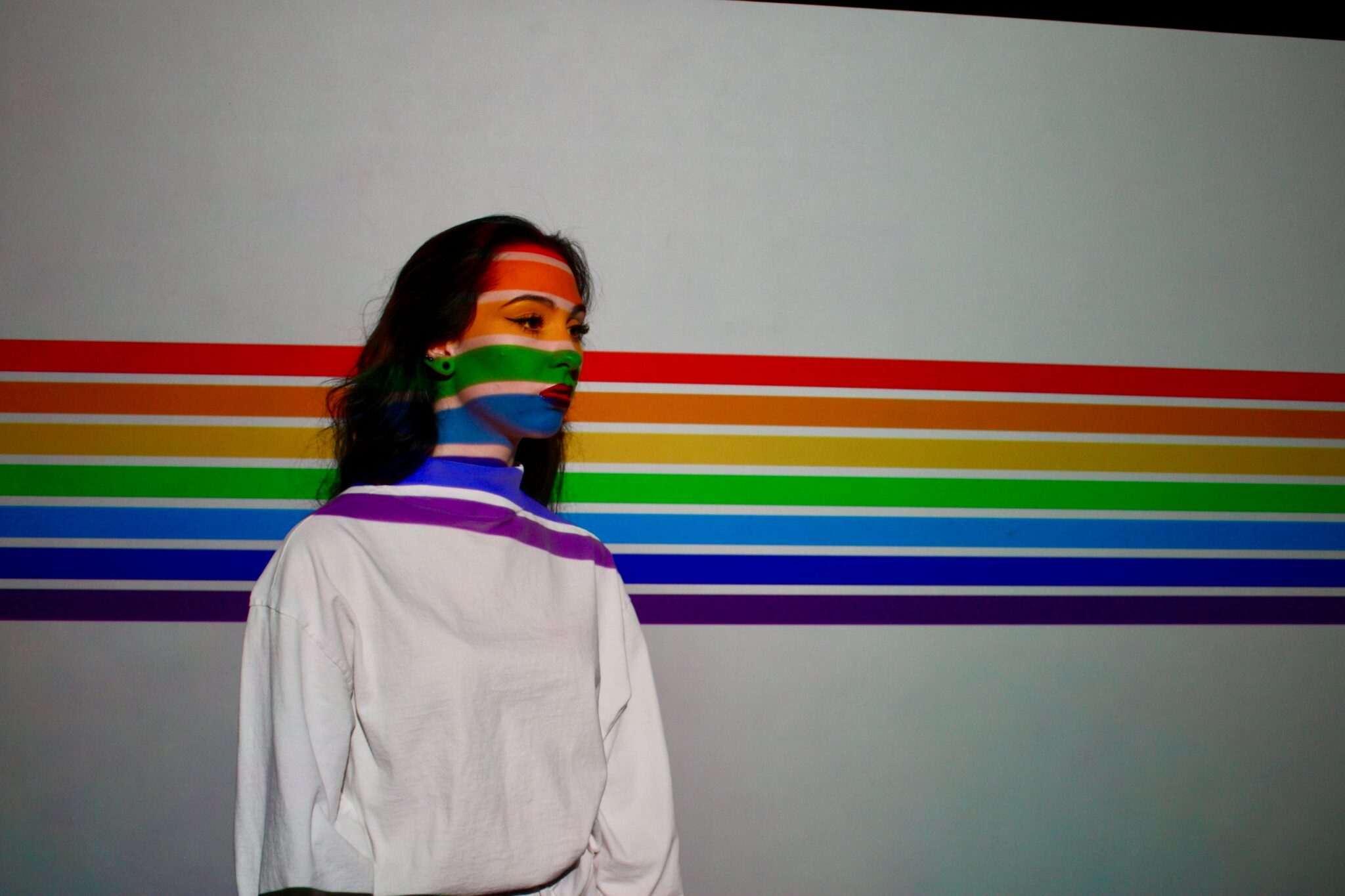

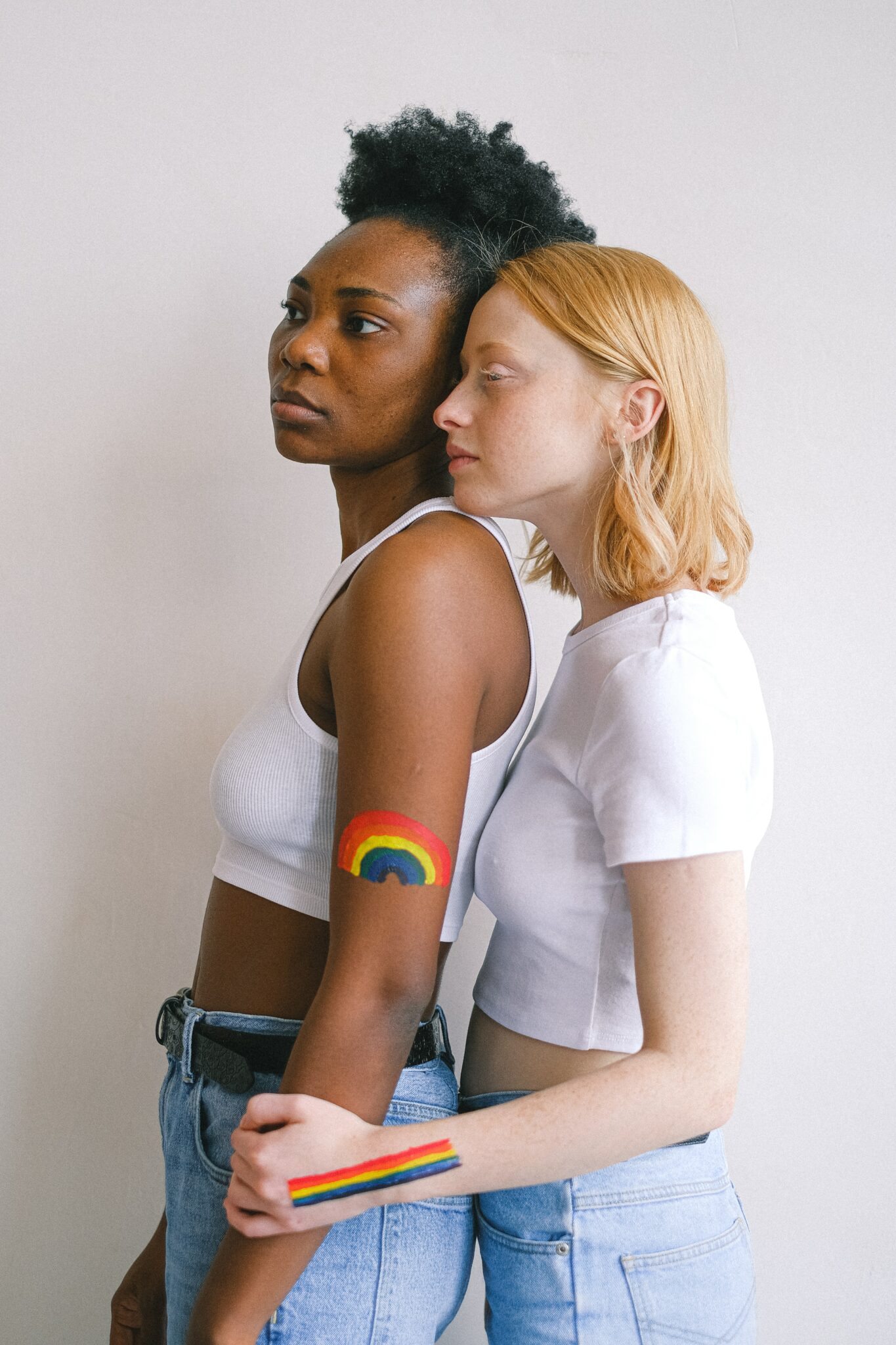
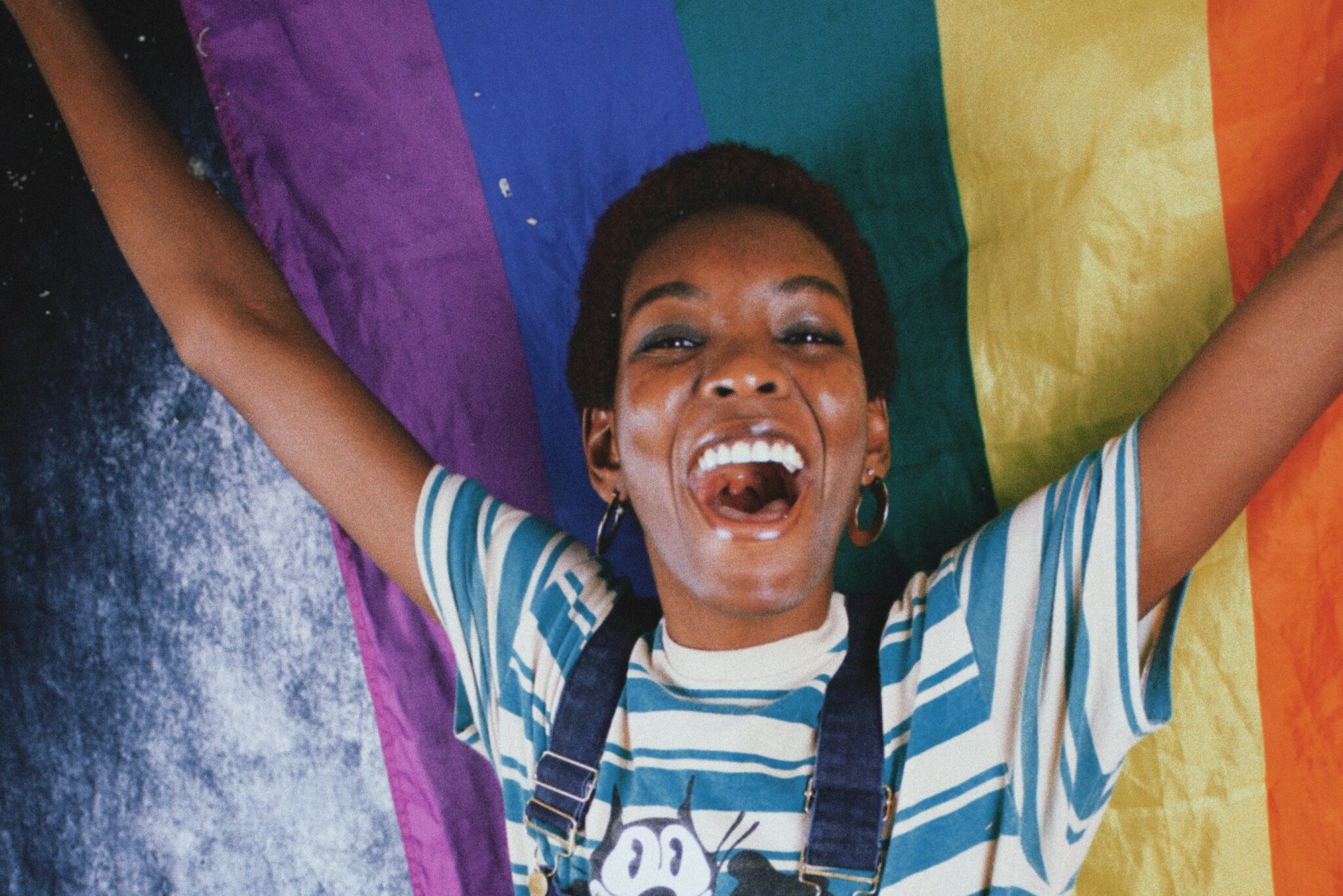
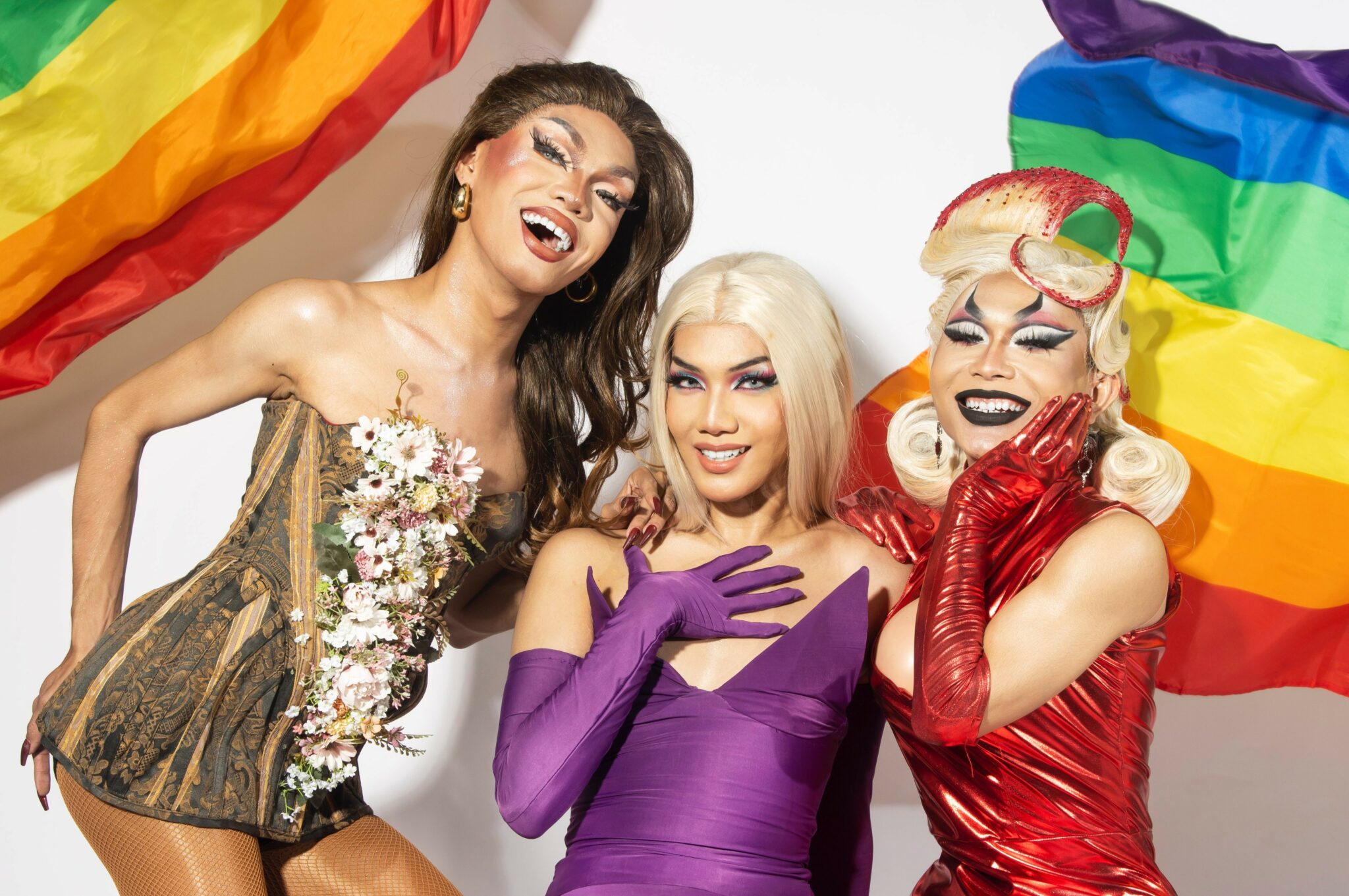
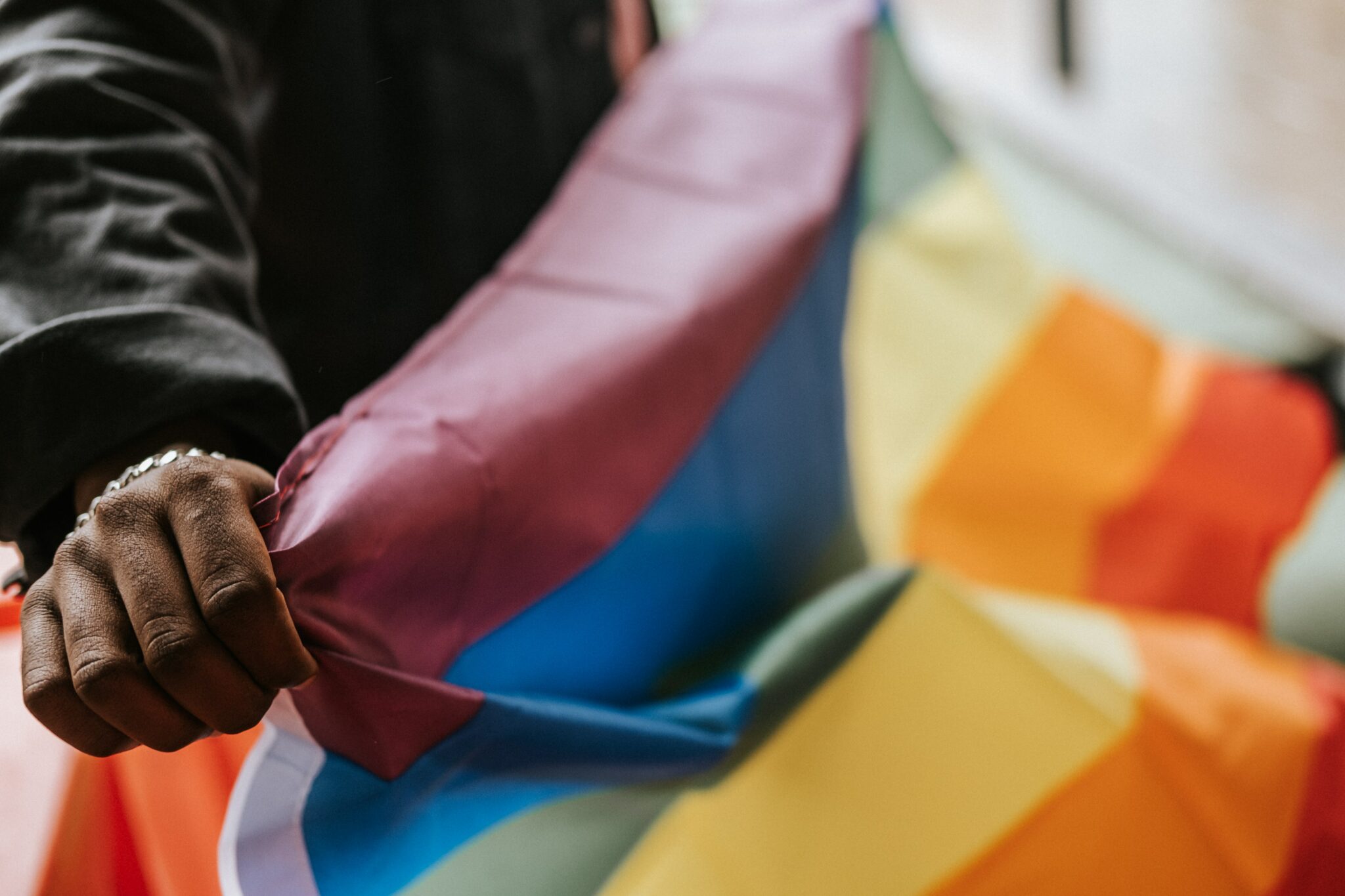
Shedding a little light from a queer perspective: this specific quote, “Cisgender people identify with the gender they were assigned at birth. Transgender people identify with a gender opposite or other than the one they were assigned at birth” is a bit problematic and kind of leaves out the big picture that helps cis folks understand.
When discussing identities other than the gender binary, it’s important to not use terms like “opposite” etc. As this article beautifully articulates, these things all have varying factors, and gender is no different. Our common notions are of cis males and females, but we have this whole other category that, for cis folks, is easier to understand as “nonbinary.” The nonbinary label encompasses all genders that don’t adhere to the societal binary – including but not limited to agender, bi/trigender, intersex, two spirit, trans, genderqueer and genderfluid. I personally like to identify as queer and nonbinary. Just my two cents on this wonderful piece, I’m so happy to see this kind of content on here too~
Thank you so much for sharing this! Aside from Mistress Lynxus’s comment below, we’ve also edited the piece to point to these comments, for more information about binary and non-binary!
Thank you for your comment, Princess Morgan. The “other than” bit was intended to encompass queer and nonbinary trans identities that individuals would not describe as “opposite.” Looking back, it would have been helpful to include a description of nonbinary gender identity – so thank you for adding that! Some trans folks still identify within the binary, so I think it’s important to include both descriptions.